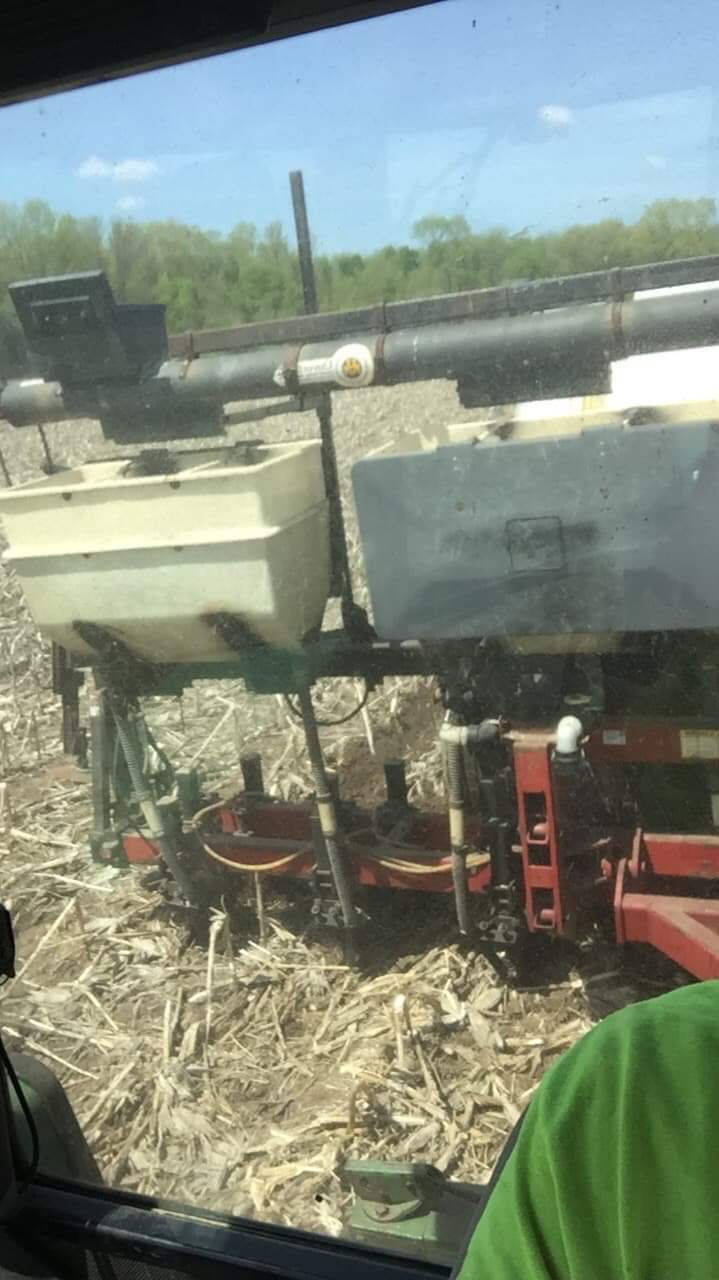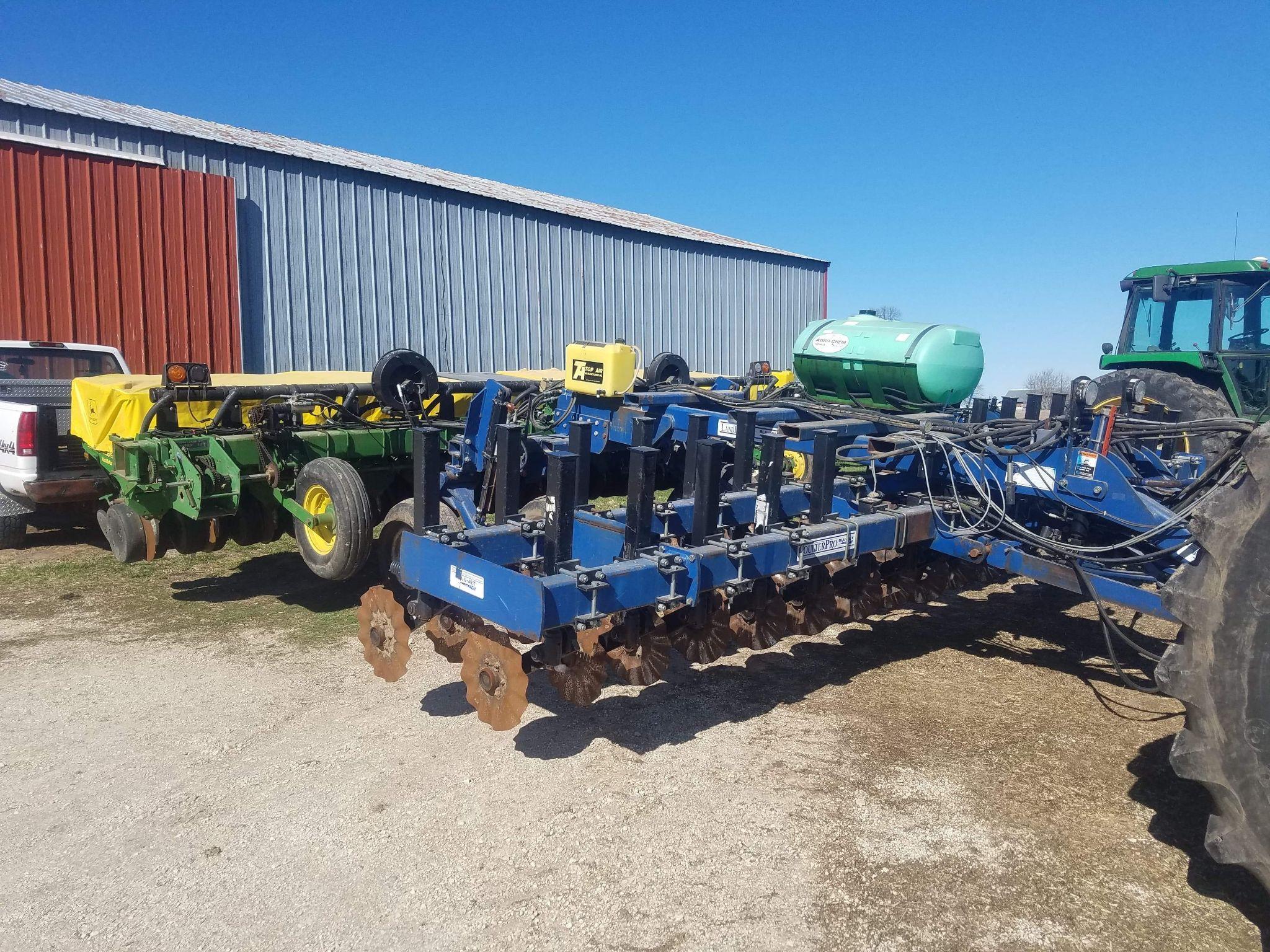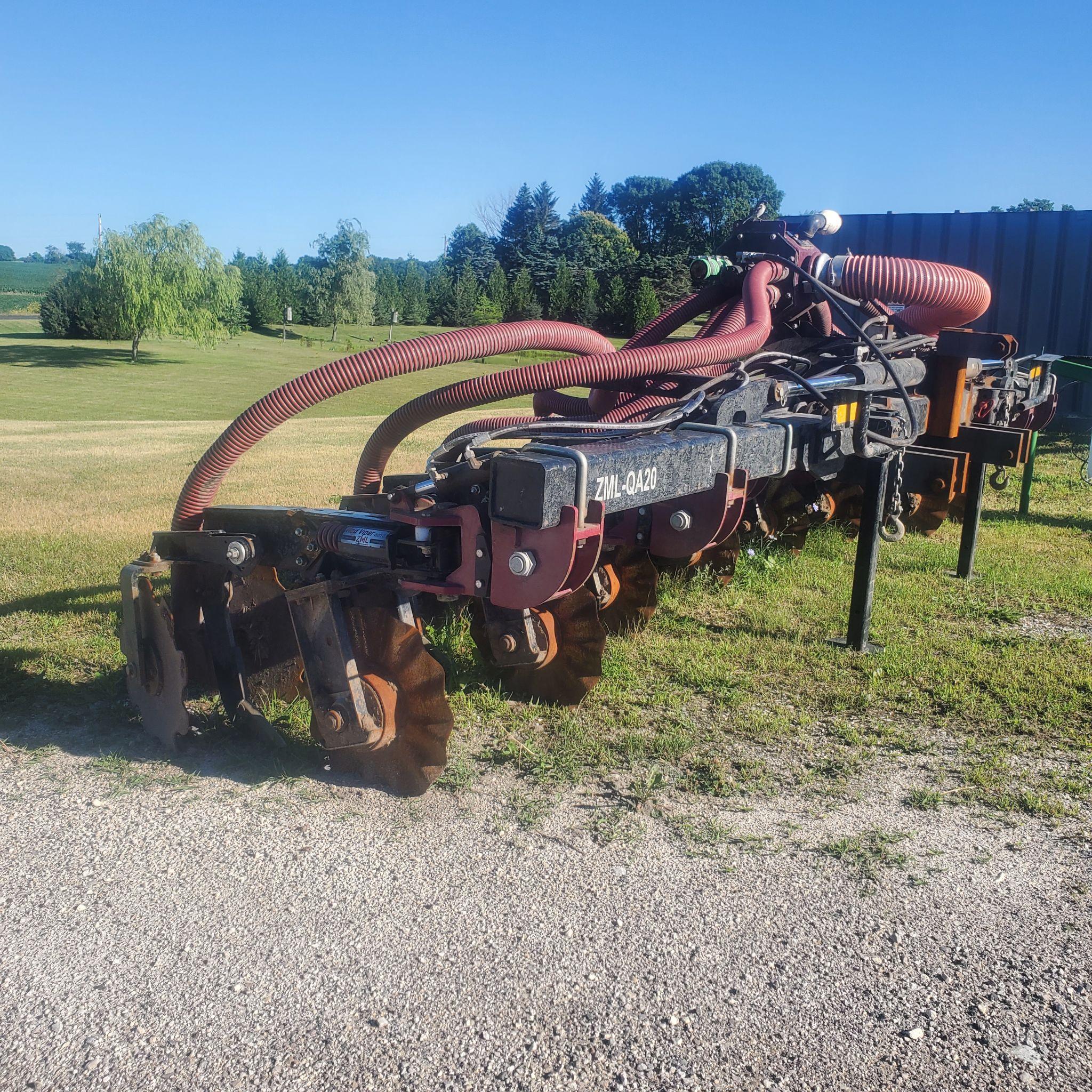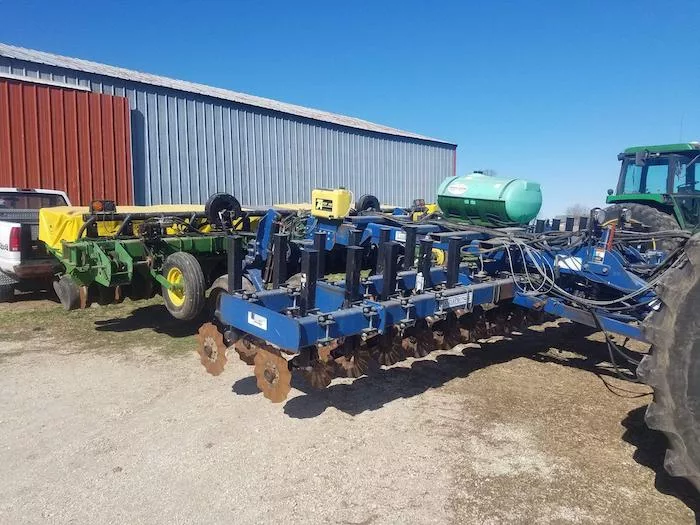Steve Tesarik, owner of French Creek Farms in Whitelaw, Wis., grows corn for silage, soybeans and wheat. The farm, located near the shores of Lake Michigan, has a harsh climate and soil.
“I tell other people in the Corn Belt that if we had your soil, we would be in heaven," Tesarik says. "If you saw our red gumbo clay soil, you wouldn’t farm it.”
He learned early on that his family would need to be creative and open-minded in order to overcome the challenges of their farming environment. The drought of 1988 was a critical turning point.
“Crops were burnt to living tarnation," he says. "We combined corn that was only waist high in the fall. We had one cutting of alfalfa that year."
Tesarik and his father implemented what he describes as an “almost no-till or slot planting” system, going in with the seed planter on contour strips on steep sloped hills. If the planter could get seed in the ground, Tesarik got good corn with a mature cob, but on hills with severe erosion, the ground was like concrete. No seed-to-soil contact occurred, he says.
After that, the pair began working with a soil scientist at UW-Madison, committing to 4 years of plot work. They utilized deep tillage in the fall and then one-pass strip tilling. They planted corn and soybeans in successive rows.
“We consistently gained 10 bushels for soybeans with 30-inch rows and 13 bushels for corn," Tesarik says. "This was the same fields, the same plot, the same fertility program.”
32 years later, he says the farm has succeeded largely due to their ability to adjust farming practices and modify farm equipment to overcome challenges without breaking the budget.
Strip-Till Modifications
Potassium (K) deficiency is common in the northeastern region of Wisconsin, and it was an obstacle Tesarik had to overcome early on.
“We did plot work with broadcasting potassium on top of the ground, but with our hard clay soils, it just absolutely would not work,” he says. “We did ten-fold applications on high soils and medium soils, and we still come up with potassium deficiency."
The Tesariks bought a fertilizer kit, which was the first piece of equipment they modified, and put it on a planter.

To further adjust for K deficiency and accommodate for rocky soils, they also had to alter their strip-till toolbar.
“We can’t run a shank with our strip-till bar," Tesarik says. "Instead, we have a tube that goes into the side of a center-fluted blade. We are taking our potassium and using that 8-waved blade to shoot into that side to make a vertical band of our potassium as wide as that blade and as deep."
Planter Adjustments
Clay soils make planting tough for Tesarik, who says he narrowed his planting window to 6-8 hours in order to have the right soil moisture. Any longer and the ground would be too hard to crumble.
In addition, Tesarik wanted a planter with varying narrow rows for soybeans — not just the standard 15-inch spacing. He built his own frame using a 7300 toolbar with 2 coulters per row with narrow zones at 8 inches, 10 inches and 12 inches.
“The twin rows were set about 6.5 inches apart," he says. "When we built this planter, we were chopping our own corn silage with a conventional 30-inch chopper for feeding our cattle. Instead of making 8 or 10 inches, we narrowed it up so the converging head would pull those stocks up. It did a good job."
The toolbar has two vac units with 3 bushel hoppers on it, and it became the go-to planter for late-planting beans. After all the modifications, the final cost was about $30,000 with 100% new components, compared to the new $85,000 planter he originally looked at.

Dairy Dilemma
Dairy fertilizer is readily available in Tesarik's area, and he says it's better than any store-bought fertilizer.
"You get not only nitrogen, phosphorous and potassium, but also all 17 elements and everything else that feeds those the microbes in the soil," he says. "But the challenge is applying manure without compacting the soil. We now have drag-hose manure guys going from a chisel shank or a deep-till shank as a mechanism for applying the manure. Then we went to an airway tool. We use it for spring application — not the fall. Then we went to high-speed discs with a concave blade or notch, which work great for incorporating the manure.”
To prevent clay compaction problems, he uses a Bazooka Farmstar bar with vertical coulters spaced 24 inches apart. The setup provides flexibility for manure applications and can accommodate as low as 3,000 gallons per acre or as high as 25,000 gallons per acre. The vertical tillage allows the soil to absorb a lot of manure without moving or compacting it.
Tesarik also used this ZML-QA240 toolbar from Zimmerman manufacturing to apply 20,000 gallons of municipal sludge per acre. The sludge contains about 200 units of N and was apply to organic corn acres.

Related Content
[Video] Strip-Till Toolbar Setup: What, Why and How
Mixing Science & Instinct Builds Bankable Strip-Till Results






